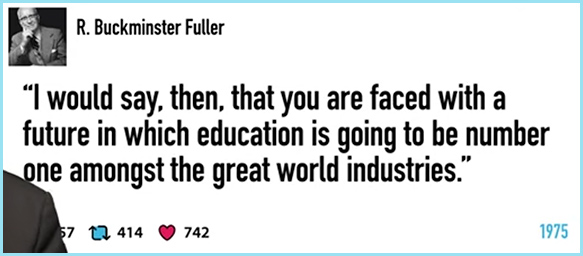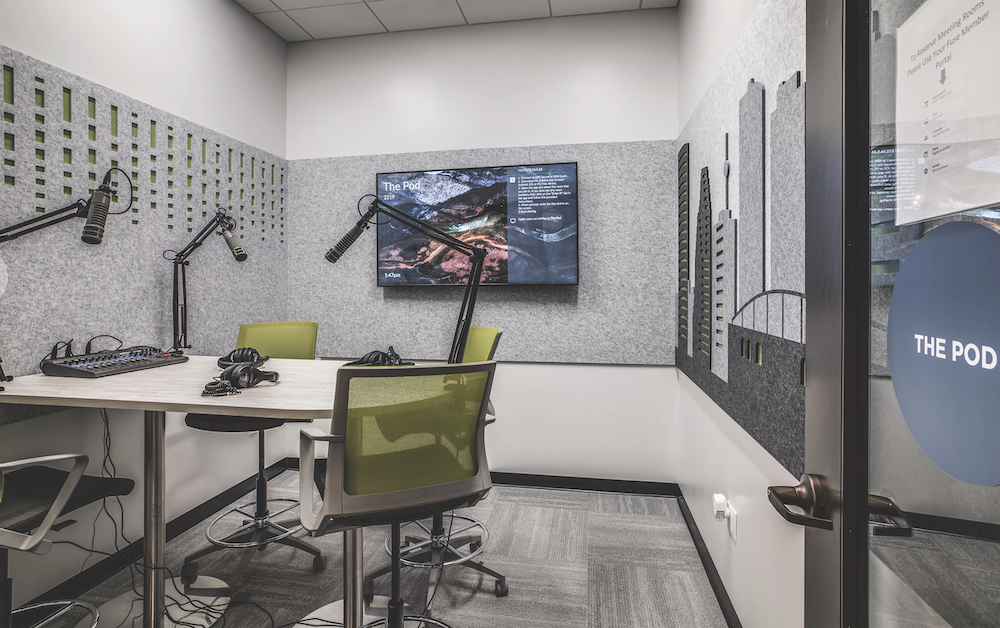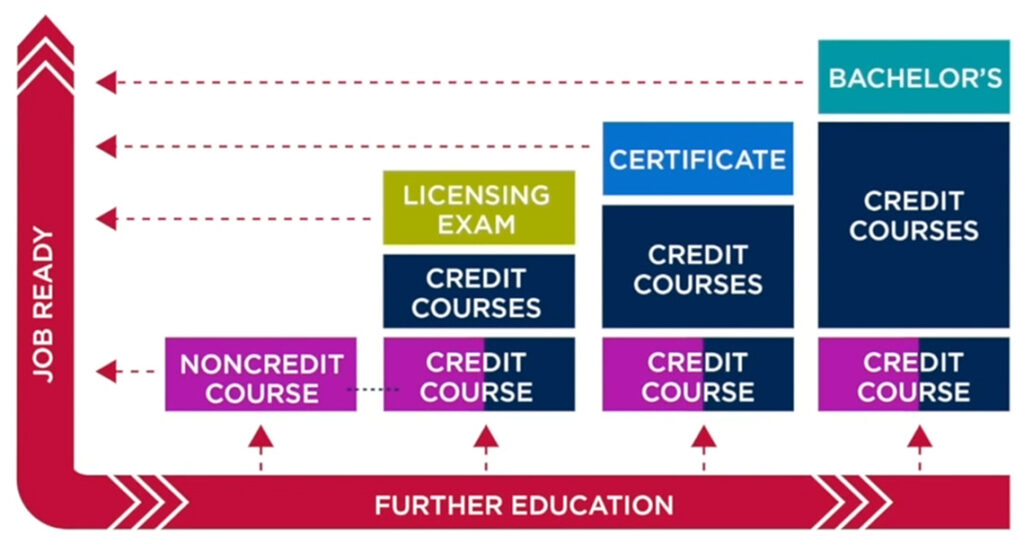Changing the narrative on degree requirements — from workshift.opencampusmedia.org by Paul Fain; with thanks to Ryan Craig (I believe) for this resource
An ad campaign from Opportunity@Work and the Ad Council will call on employers to drop the “paper ceiling” and hire more skilled workers without four-year degrees.
Excerpt:
A new national advertising campaign will seek to influence employers to look beyond the four-year degree in hiring, with the message that a “paper ceiling” holds back half the U.S. workforce.
The ads from Opportunity@Work and the Ad Council are slated to start running in September. With slick production and some big corporate partners, including Walmart and Google, the campaign is designed to nudge hiring managers across the country to make good on the growing number of pledges from company C-suites, state capitals, and the White House to drop barriers for skilled job seekers who lack bachelor’s degrees.
This group of more than 70M Americans includes community college graduates, experienced workers, veterans of the U.S. military, and completers of job training programs or alternatives to college, according to the nonprofit Opportunity@Work. The ads will celebrate these workers, which the group says are skilled through alternative routes (STARs).
Also relevant, see:
Americans support student loan forgiveness, but would rather rein in college costs — from npr.org by Cory Turner; with thanks to Bryan Alexander for posting this on LinkedIn
Excerpt (emphasis DSC):
Erasing old debts vs. fixing the system
In one of the poll’s most unexpected findings, respondents were asked to choose which sentence they agreed with more:
-
- “The government should prioritize making college more affordable for current and future students”
- “The government should prioritize forgiving some debt for those with existing student loans”
A whopping 82% said the government’s priority should be making college more affordable for current and future students. Just 16% believed forgiving student debts should take priority.
“What that tells me is that, while student loan forgiveness for some is seen as a good proposal and a short-term fix, where we actually need to go from here is true, systematic change,” Newall says.











 Podcasting studio at FUSE Workspace in Houston, TX.
Podcasting studio at FUSE Workspace in Houston, TX.
